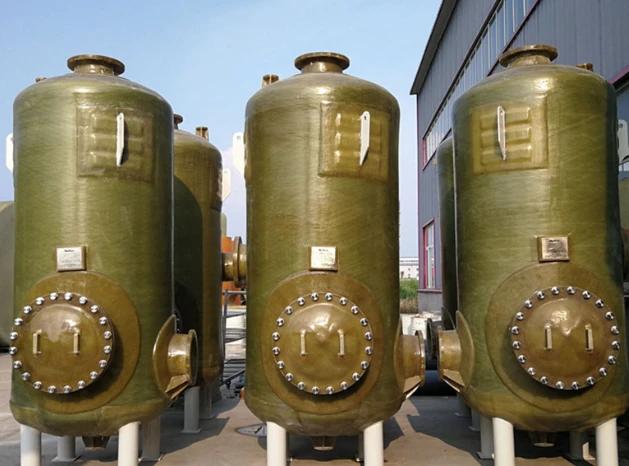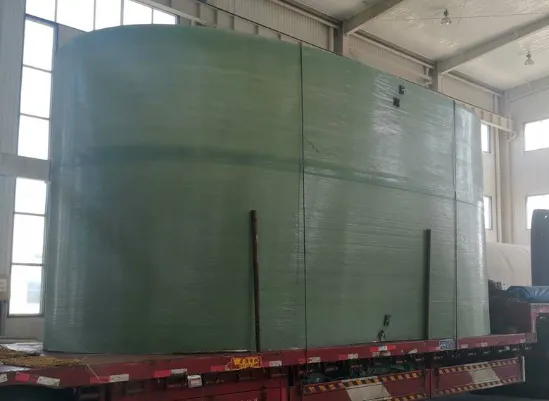
-
 Afrikaans
Afrikaans -
 Albanian
Albanian -
 Amharic
Amharic -
 Arabic
Arabic -
 Armenian
Armenian -
 Azerbaijani
Azerbaijani -
 Basque
Basque -
 Belarusian
Belarusian -
 Bengali
Bengali -
 Bosnian
Bosnian -
 Bulgarian
Bulgarian -
 Catalan
Catalan -
 Cebuano
Cebuano -
 China
China -
 China (Taiwan)
China (Taiwan) -
 Corsican
Corsican -
 Croatian
Croatian -
 Czech
Czech -
 Danish
Danish -
 Dutch
Dutch -
 English
English -
 Esperanto
Esperanto -
 Estonian
Estonian -
 Finnish
Finnish -
 French
French -
 Frisian
Frisian -
 Galician
Galician -
 Georgian
Georgian -
 German
German -
 Greek
Greek -
 Gujarati
Gujarati -
 Haitian Creole
Haitian Creole -
 hausa
hausa -
 hawaiian
hawaiian -
 Hebrew
Hebrew -
 Hindi
Hindi -
 Miao
Miao -
 Hungarian
Hungarian -
 Icelandic
Icelandic -
 igbo
igbo -
 Indonesian
Indonesian -
 irish
irish -
 Italian
Italian -
 Japanese
Japanese -
 Javanese
Javanese -
 Kannada
Kannada -
 kazakh
kazakh -
 Khmer
Khmer -
 Rwandese
Rwandese -
 Korean
Korean -
 Kurdish
Kurdish -
 Kyrgyz
Kyrgyz -
 Lao
Lao -
 Latin
Latin -
 Latvian
Latvian -
 Lithuanian
Lithuanian -
 Luxembourgish
Luxembourgish -
 Macedonian
Macedonian -
 Malgashi
Malgashi -
 Malay
Malay -
 Malayalam
Malayalam -
 Maltese
Maltese -
 Maori
Maori -
 Marathi
Marathi -
 Mongolian
Mongolian -
 Myanmar
Myanmar -
 Nepali
Nepali -
 Norwegian
Norwegian -
 Norwegian
Norwegian -
 Occitan
Occitan -
 Pashto
Pashto -
 Persian
Persian -
 Polish
Polish -
 Portuguese
Portuguese -
 Punjabi
Punjabi -
 Romanian
Romanian -
 Russian
Russian -
 Samoan
Samoan -
 Scottish Gaelic
Scottish Gaelic -
 Serbian
Serbian -
 Sesotho
Sesotho -
 Shona
Shona -
 Sindhi
Sindhi -
 Sinhala
Sinhala -
 Slovak
Slovak -
 Slovenian
Slovenian -
 Somali
Somali -
 Spanish
Spanish -
 Sundanese
Sundanese -
 Swahili
Swahili -
 Swedish
Swedish -
 Tagalog
Tagalog -
 Tajik
Tajik -
 Tamil
Tamil -
 Tatar
Tatar -
 Telugu
Telugu -
 Thai
Thai -
 Turkish
Turkish -
 Turkmen
Turkmen -
 Ukrainian
Ukrainian -
 Urdu
Urdu -
 Uighur
Uighur -
 Uzbek
Uzbek -
 Vietnamese
Vietnamese -
 Welsh
Welsh -
 Bantu
Bantu -
 Yiddish
Yiddish -
 Yoruba
Yoruba -
 Zulu
Zulu
Durable & Corrosion-Resistant Fiberglass Chemical Tanks FRP Solutions
- Introduction to Fiberglass Chemical Tanks
- Key Technical Advantages of FRP Chemical Storage Tanks
- Performance Comparison: Leading Manufacturers in 2024
- Custom Engineering Solutions for Industrial Needs
- Real-World Applications Across Industries
- Maintenance Best Practices
- Future Trends in Fiberglass Chemical Product Innovation

(fiberglass chemical tanks)
Fiberglass Chemical Tanks: Revolutionizing Industrial Storage
The global market for fiberglass chemical tanks
is projected to grow at a 6.8% CAGR through 2030, driven by increasing demand in chemical processing and wastewater management. FRP (Fiberglass Reinforced Plastic) tanks now account for 42% of all industrial chemical storage installations, surpassing traditional materials like stainless steel and polyethylene. This shift stems from their unique molecular stability in pH ranges from 1 to 14 and temperature tolerance up to 200°F (93°C).
Technical Superiority in Corrosive Environments
FRP chemical storage tanks demonstrate 3× greater resistance to hydrochloric acid degradation compared to coated steel alternatives. Laboratory tests show:
| Material | HCl Resistance (Years) | Maintenance Cost/Year |
|---|---|---|
| FRP | 15-20 | $120 |
| Coated Steel | 5-8 | $850 |
| Polyethylene | 8-12 | $300 |
Advanced filament winding techniques enable wall thickness precision within ±0.5mm, ensuring consistent structural integrity.
Manufacturer Benchmark Analysis
A 2024 comparison of top FRP tank producers reveals critical differentiators:
| Vendor | Max Capacity | Certifications | Lead Time |
|---|---|---|---|
| Vendor A | 25,000 gal | ASME, NSF-61 | 6 weeks |
| Vendor B | 40,000 gal | ISO 14692 | 9 weeks |
| Vendor C | 15,000 gal | AWWA D120 | 4 weeks |
Tailored Configuration Options
Modern fiberglass chemical product engineering supports:
- Non-standard diameters up to 25ft (7.6m)
- Custom nozzle arrangements (8-24 ports)
- Hybrid resin systems (vinyl ester/epoxy)
- Insulated designs for extreme temperatures
Industry-Specific Implementations
Case studies demonstrate versatility:
- Pharmaceutical: 80% nitric acid storage (5-year zero-incident record)
- Mining: 12-tank array for cyanide solutions (operating since 2018)
- Water Treatment: 50MG chlorine contact vessels (40% cost reduction vs concrete)
Operational Longevity Strategies
Proper maintenance extends service life beyond 30 years:
- Annual ultrasonic thickness testing (±2% accuracy)
- pH-neutral cleaning protocols every 6 months
- UV-resistant gel coat reapplication at 10-year intervals
Innovation in Fiberglass Chemical Product Development
Emerging technologies like graphene-infused resins (12% weight reduction) and smart tank monitoring systems (real-time corrosion tracking) are reshaping FRP chemical storage tank standards. The industry anticipates 15% efficiency gains in chemical containment systems by 2027 through AI-driven design optimization.

(fiberglass chemical tanks)
FAQS on fiberglass chemical tanks
Q: What are the main advantages of fiberglass chemical tanks over traditional materials?
A: Fiberglass chemical tanks offer superior corrosion resistance, lightweight construction, and long-term durability compared to steel or plastic. They are ideal for storing aggressive chemicals and require minimal maintenance.
Q: How do FRP chemical storage tanks handle extreme temperatures?
A: FRP chemical storage tanks are designed to withstand a wide temperature range, from -40°F to 180°F (-40°C to 82°C). Their thermal stability prevents warping or degradation in harsh environments.
Q: Are fiberglass chemical product tanks safe for potable water storage?
A: Yes, fiberglass tanks certified to NSF/ANSI 61 standards are safe for potable water. Their non-reactive surface prevents contamination and maintains water quality.
Q: What industries commonly use FRP chemical storage tanks?
A: Industries like wastewater treatment, pharmaceuticals, agriculture, and chemical processing rely on FRP tanks. They are preferred for corrosive substance storage and regulatory compliance.
Q: How should fiberglass chemical tanks be installed for optimal performance?
A: Install tanks on a leveled, reinforced concrete base with proper anchoring. Avoid uneven stress points and ensure compliance with manufacturer guidelines for piping connections and venting.
Latest news
-
Durable & Corrosion-Resistant Fiberglass Chemical Tanks FRP SolutionsNewsMay.21,2025
-
Fiberglass Pipe Insulation Fittings High-Temp & Energy-Efficient SolutionsNewsMay.21,2025
-
High-Pressure Fiberglass Piping Systems Durable & Corrosion-Resistant FRP SolutionsNewsMay.20,2025
-
Fiberglass Reinforced Plastic Pipes Corrosion-Resistant & DurableNewsMay.20,2025
-
GRP Duct Systems Corrosion-Resistant & Durable SolutionsNewsMay.20,2025
-
Fiberglass Reinforced Plastic Pipes High-Strength & Corrosion-ResistantNewsMay.19,2025









